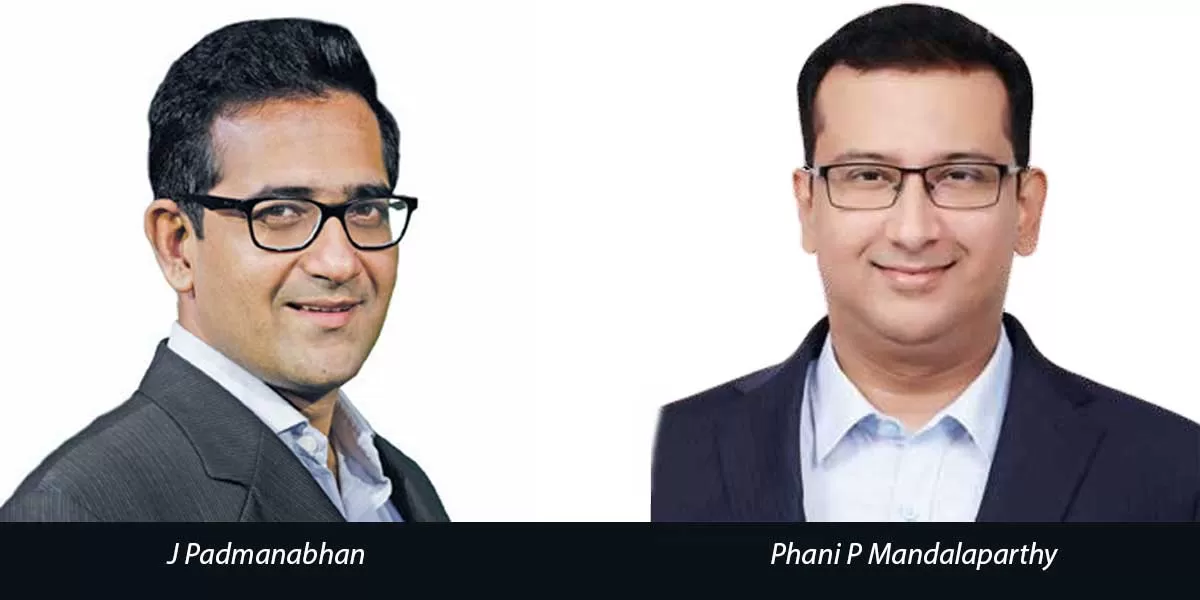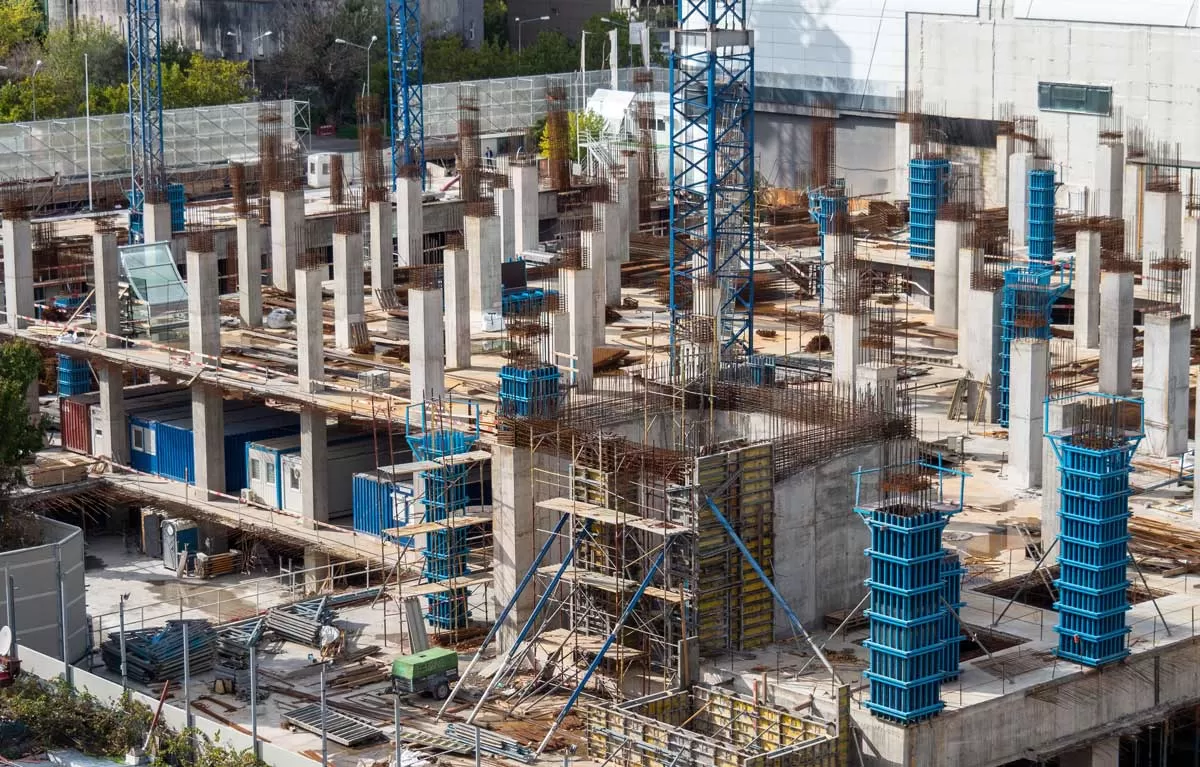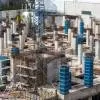Capital projects, comprising infrastructure development and commercial ventures, in India often experience cost and schedule overruns, resulting in significant losses. While pan-India data from government and private sectors is difficult to source, the Ministry of Statistics and Programme Implementation, which tracks 1,817 centrally sponsored live projects across 21 sectors, reported in their May 2024 data that 554 of these projects faced an average delay of approximately 35 months, while 458 faced an average cost overrun of 21 per cent.
These projects are critical for public good and involve massive expenditures. However, even small budget overruns can lead to substantial financial losses for the project proponents. Slow-paced, prolonged projects impact overall viability due to higher costs. These statistics emphasise the need for project stakeholders to devise and follow a cost control framework from concept to commissioning.
Adhering to a well-structured, practical framework and housing specialised teams that focus on costs at various project phases is essential to enable informed decision-making and respond to risks related to financial slippages. From deriving estimates and factoring in reserves and contingencies to finalising budgets, streamlining procedures for cost approvals, and conducting performance reviews with
regular coordination with business teams, a well-defined and documented approach is an integral part of any organisation’s cost management process.
Cost management in capital-driven organisations
Traditionally, cost management methods were drawn from manual planning and scheduling using spreadsheets for rate analysis, expert consultations, interaction with professionals and engineers, and internal learning documents.
These approaches often
resulted in delayed decision-making, as the primary sources were often individual experts or groups, and reference data was limited. Collaboration between stakeholders was also frequently lacking during the preparation of estimates or budgets.
However, with learnings from earlier failures and advancements in digital tools and technologies, practices have evolved, with organisations adopting smarter approaches. To leverage the expertise of their best minds from different functions or teams, estimates and budgets are now prepared through collective brainstorming and knowledge sharing within companies.
Modern cost control systems offer automated scheduling, continuous cost monitoring using dashboards, and present key insights through an integrated data platform with cloud-based workflows. These innovations provide the agility required to manage costs more efficiently, facilitating better coordination and proactive adjustments to mitigate risks early. Embracing these innovations is key to enhancing cost control and optimising project outcomes.
Cost management processDeriving estimates: Managing costs starts with a robust estimation process, which can use empirical, parametric, analogous or zero-based budgeting techniques.
Empirical estimation uses historical data, while parametric estimation refers to mathematical models. Analogous estimation draws comparisons with similar projects and zero-based budgeting justifies every individual cost. The choice of technique depends on access to information, experience of personnel and organisational culture. Regardless of the technique, it is recommended to develop and track project estimates at multiple stages (pre-bid, post-award and during execution) to provide a clear view of the project's cost performance. This helps to ensure accurate cost management and informed decision-making.
Budgeting and AOPs: Beyond the established estimation methods, the modern approach is collaborative budgeting, which is often used while preparing the annual operating plan (AOP) or budget for the project. This method involves analysing the project schedule, Work Breakdown Structure and Cost Breakdown Structure (CBS) to estimate costs for each CBS element. Stakeholder consultations, empirical data, market prices and industry benchmarks drive the estimates. Collaboration with technical heads, project management office teams, project managers, contractors, suppliers and consultants helps identify cost drivers, risks and opportunities, ensuring buffers, such as contingencies and management reserves, are included. This results in a feasible budget aligned with project objectives. Additionally, maintaining a practical and comprehensive resource directory with established productivity norms – covering all plant, machinery, staff and workers - allows for optimal resource identification, allocation and precise budgets thereby minimising risks of cost overruns. This directory serves as a centralised database of available resources, including labour, material, equipment and subcontractors.
Monitoring actual spends: Regular monitoring, supported by coordinated inputs from all stakeholders, ensures that the project remains aligned with its cost and time objectives. Utilising project management principles such as earned value management (EVM) for real-time tracking enables timely identification of schedule and cost performance overruns on record date as well as forecasted periods. Continuous stakeholder involvement creates a feedback loop that helps refine budgets and schedules, mitigating risks and unforeseen expenses. Strategic estimation, collaborative forecasting, resource planning and on-going tracking allow effective coordination between stakeholders, forming the backbone of cost management in construction projects.
Implementing controls: The sub-process involves procedures and resources, which enable the owners to act on the intelligence gathered from the monitoring process and leverage all practical means to address urgent and future needs.
Some resources tapped to help in decision-making in this phase are:
Risk management plan: This critical document details all identifiable risks drawing from the organisation’s collective experience and their agreed course of action for events that cause cost and time overruns. It helps in planning a mechanism for early identification of risks, their qualitative and quantitative assessments, quantification expert consultation, clear communication channels for approvals and acting upon agreed risk responses.
Contractual safeguards: Contract structures should be drawn from industry guidelines articulated by prevalent codes, such as Indian Roads Congress (IRC) for highways and those issued by internationally reputed bodies, such as the International Federation of Consulting Engineers (popularly known by its French acronym ‘FIDIC’) to prepare for vagaries of project sites and situations. Common provisions in contracts can be built in to mitigate the impact of factors, such as rising commodity prices, geological surprises or local needs for stricter environmental measures, among others. Contracts should be flexible with adequate clauses on inflation and variations and facilitate a ‘pain share – gain share’ approach for sharing of both negative risks as well as rewards among the contract parties.
Digital tools: Cloud-based construction software, such as Autodesk Live and Buildout, enables real-time collaboration, reducing errors and delays. Leveraging virtual reality /augmented reality (VR/AR), artificial intelligence and BIM (Building Information Modelling facilitates faster, cheaper and higher-quality project delivery. The Integrated Project Delivery (IPD) method promotes seamless collaboration, reducing misunderstandings and costly rework, and encourages cost-effective decision-making throughout the project lifecycle.
Effective cost management requires a collaborative and strategic approach. Project stakeholders can achieve efficient resource planning and timely cost controls by focusing on developing organisational intelligence through softer, culture-focused initiatives, such as knowledge-sharing sessions, training modules,
upskilling and harder, tools and frameworks, such as comprehensive resource directory, productivity norms and digital tools for continuous monitoring.
The collaborative approach to risk management and mitigation planning also helps to identify and address potential risks, minimising the likelihood of cost overruns, thereby leading to successful project outcomes.
About the author
Jagannarayan Padmanabhan, Senior Director and Global Head of Consulting, CRISIL Market Intelligence & Analytics.
He has 20 years of consulting experience specialising in business, corporate
and competitive strategy.
Phani Prasad Mandalaparthy, Associate Director, CRISIL’s Transport, Logistics,
and Mobility, has over 15 years of experience in the transport infrastructure sector handling project management services such as procurement, process optimisation, technical due diligence, project audits and operational improvements.


















